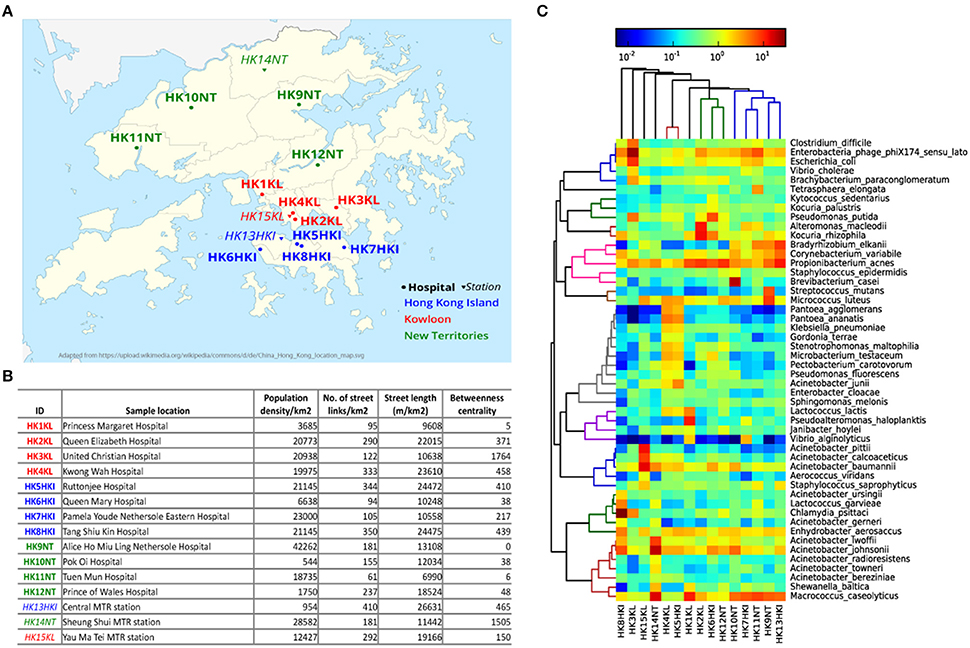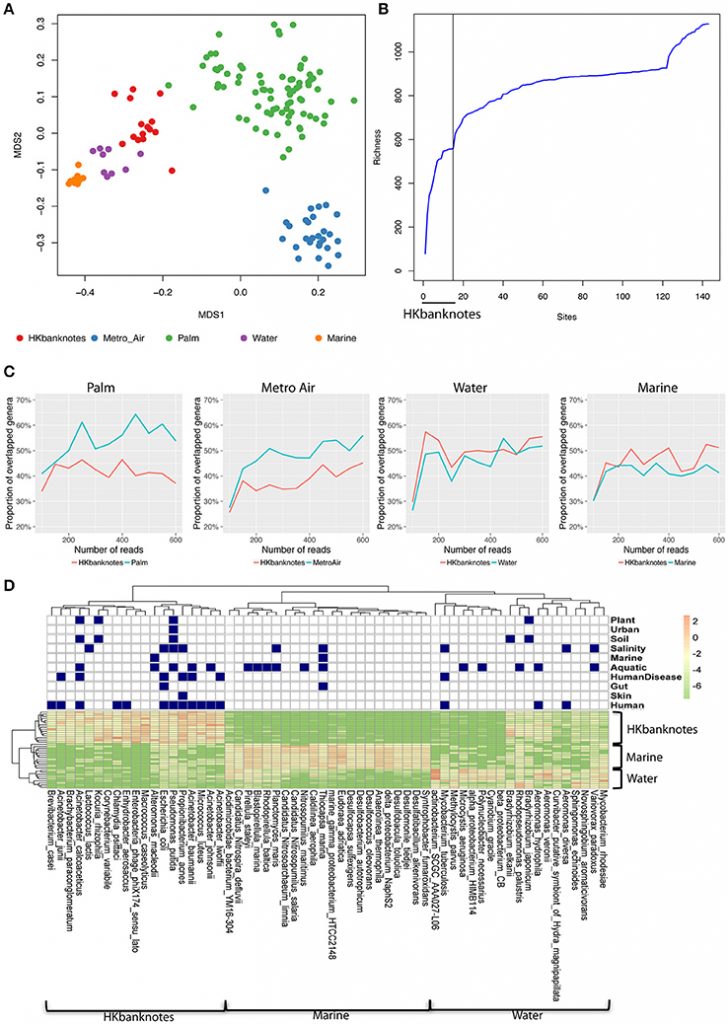OK. So money has microbes on it. Not surprising. And when people find out such information they frequently go overboard in the germophobia.
See for example these stories from over the years
- 1999: Filthy Lucre – Paper Money As A Vector Of Disease
- 2010: Dirty money 1: Expect germs
- 2010: How Bad Are Germs on Money
- 2012: Bank Cards, Bills Contaminated With Fecal Bacteria: Study
- 2013: Dirty money
- 2014: Science Confirms Dollar Bills Are Covered in a Bajillion Gross Germs
- 2017: The Money in Your Wallet Might Be Covered With Poop, Mold, and …
Thus I confess I read with trepidation that there is some sort of new study out on microbes on money. I first became aware of this from news articles that seem a lot like the ones above – infected with germophobia.
For example:
-
HONG KONG’S DIRTY MONEY: CASH CARRIES ACNE-CAUSING BACTERIA, OTHER PATHOGENS
- And alas many more
So I decided to try and track down the details of the story. A lot of the reporting appears to come from a press release about a new paper.
Here is the press release: subtly titled “The Dangers of Money.” And it has some pretty strongly worded statements such as
- If a commonly used item passed from person to person everyday around the world was found to carry potential harmful microbes, would you continue to use it?
- Combining the clinically important antibiotic-resistance genes with the high dissemination potential suggests currency could possibly pose a health risk.
- The most important recommendation we could raise is that before a cashless society develops, the banks and government should pay extra attention to the hygiene problem of the currency, which is still frequently used in our daily life. We recommend some routine disinfection of the currency from the bank, some public service ads reminding people to pay attention to wash the hands after touching currencies and the promotion of more electronic payment service, like mobile payment. We particularly would like to see the politicians and policy-makers inspired by this study
So — what is in the actual paper? The paper was in an open access journal so anyone can read it and also reshare parts of it. See: Toward a Metagenomic Understanding on the Bacterial Composition and Resistome in Hong Kong Banknotes
Abstract:
Currency is possibly one of the main media transmitting pathogens and drug resistance due to its wide circulation in daily life. In this study, we made a comprehensive characterization of the bacterial community present on banknotes collected from different geographical regions of Hong Kong (HK) by performing in vitro characterization of the bacterial presence and resistome profile, as well as metagenomic analysis including microbial diversity, the prevalence of potential pathogens, the dissemination potential of antibiotic resistance genes, among others. When comparing the bacterial community of HK banknotes with other HK environmental samples, including water and marine sediment, we revealed that HK banknotes cover nearly 50% of total genera found in all the environmental samples, implying that banknotes harbor diverse bacteria originated from a variety of environments. Furthermore, the banknotes have higher abundance of potential pathogenic species (~5 times more) and antibiotic resistance genes (~5 times more) with higher dissemination potential (~48 times more) compared with other environmental samples. These findings unveiled the capabilities of this common medium of exchange to accommodate various bacteria, and transmit pathogens and antibiotic resistance. Furthermore, the observed independence of microbiome profile from the city’s topological indices led us to formulate a hypothesis that due to their high circulation banknotes may harbor a homogenized microbiome.
It is an interesting paper with some useful data and analysis in it.
For example, they looked at the microbial communities on various bank notes from Hong Kong.


